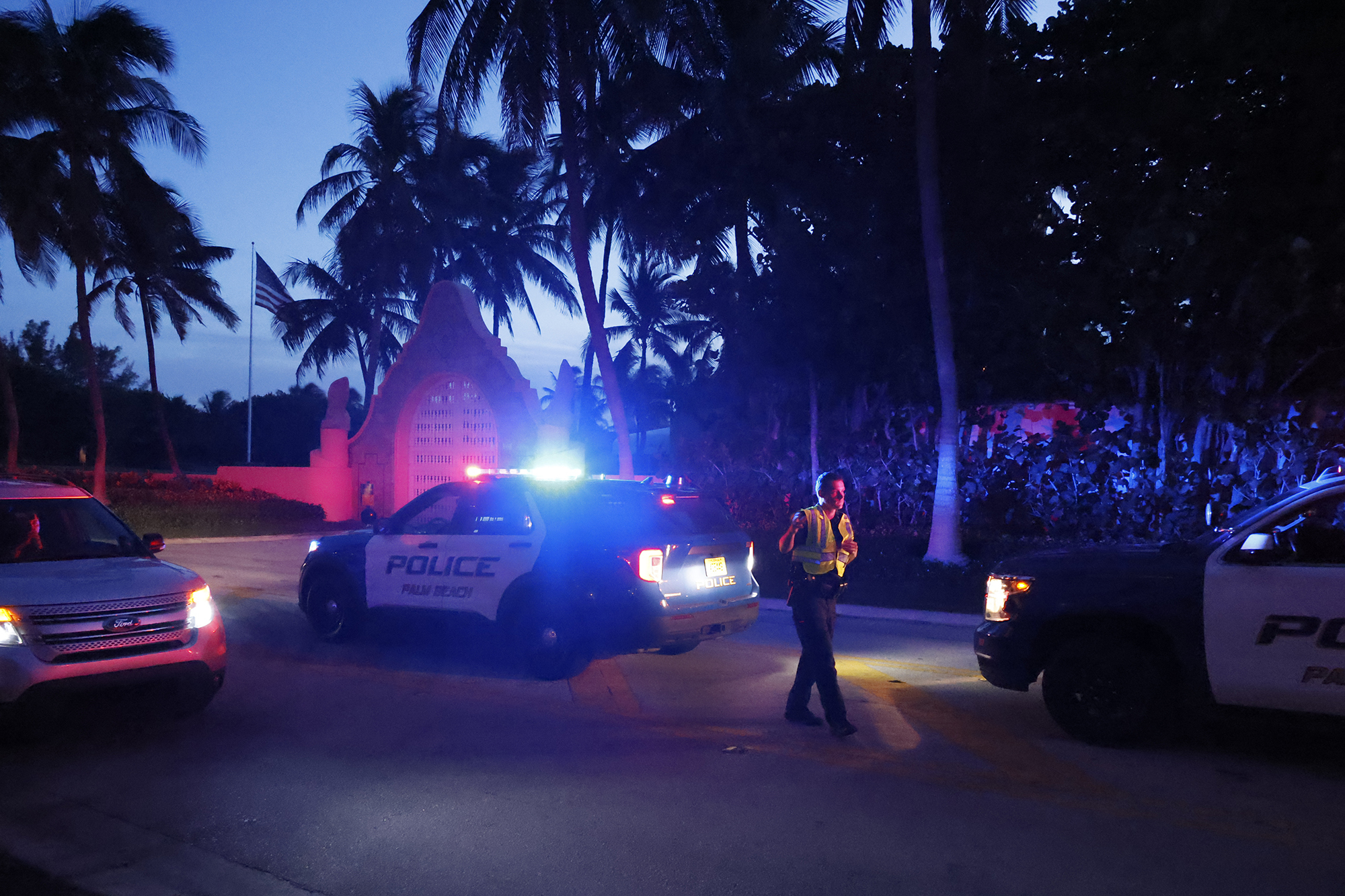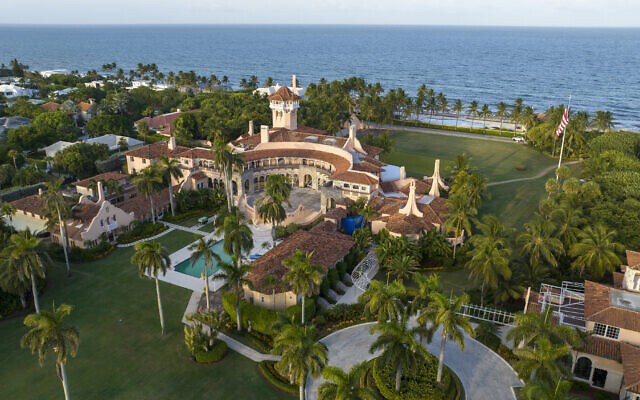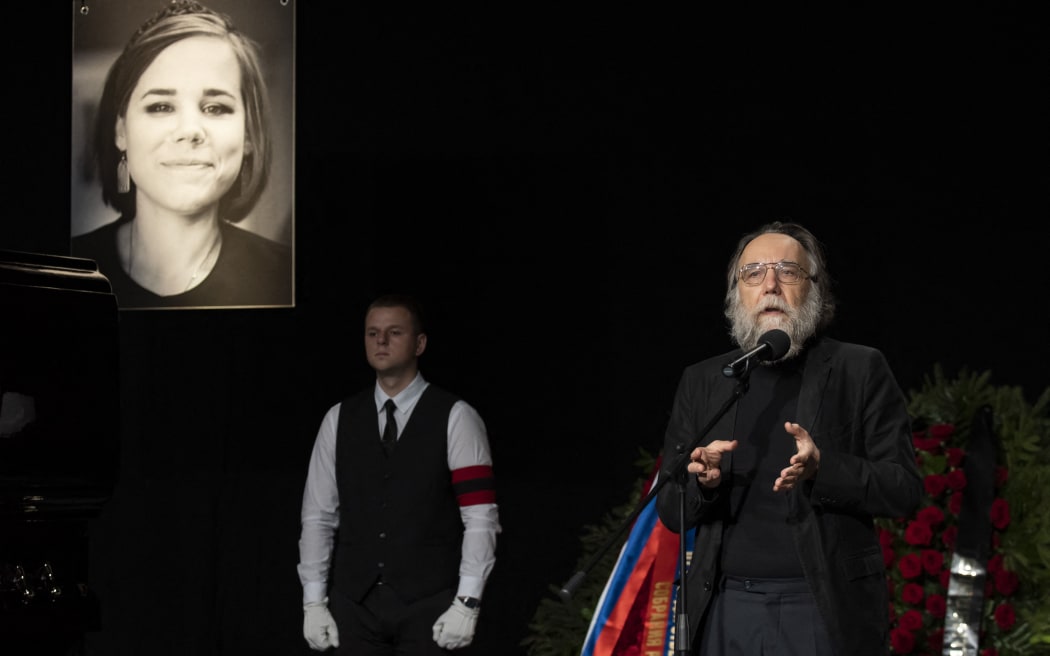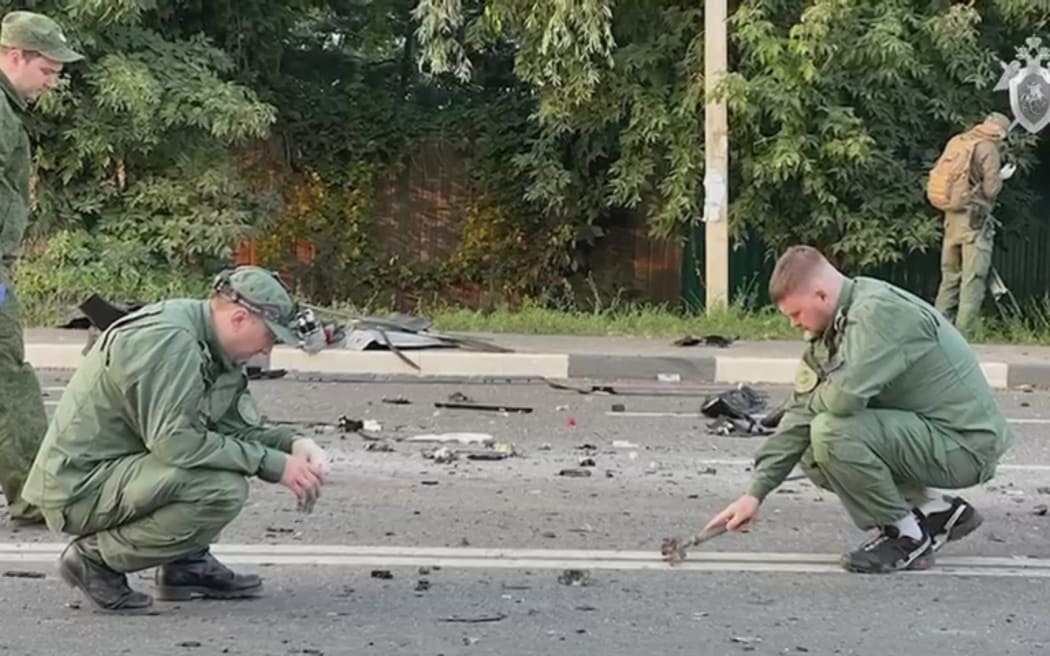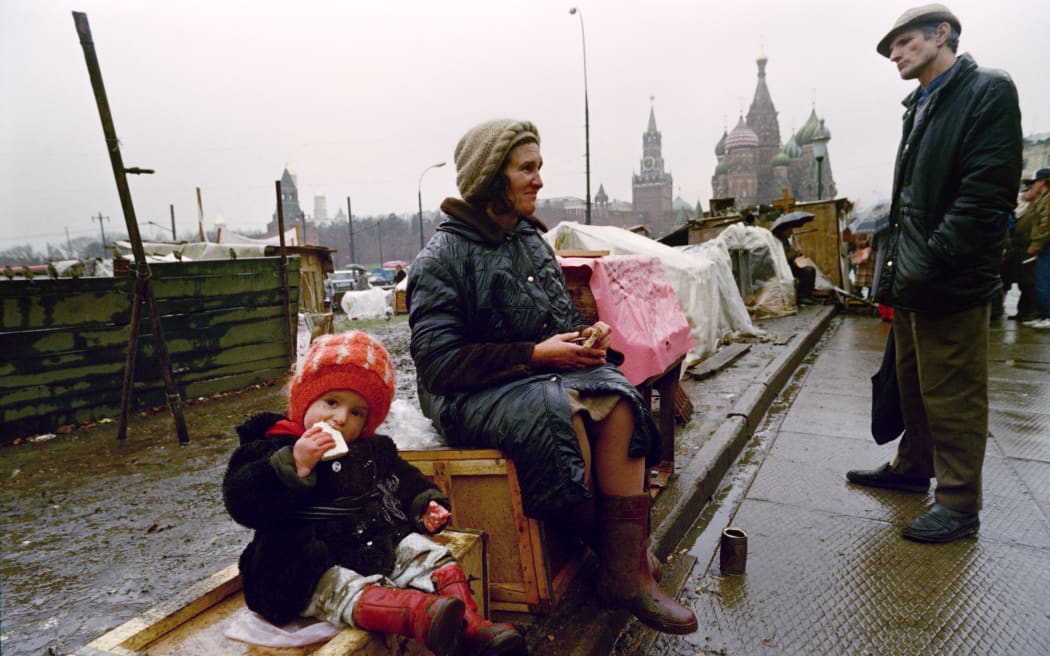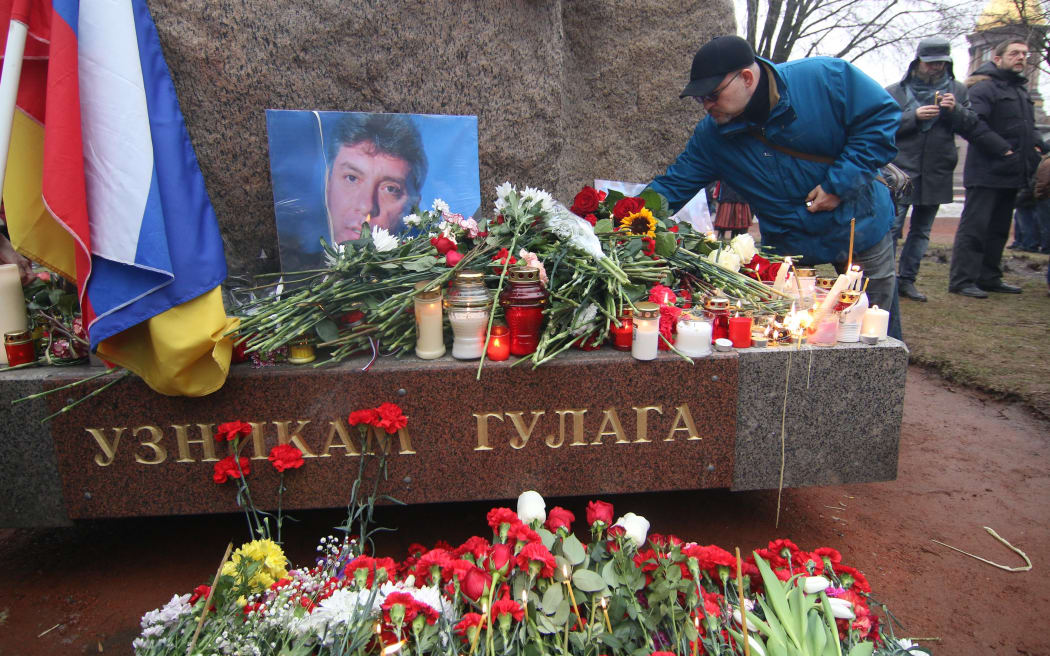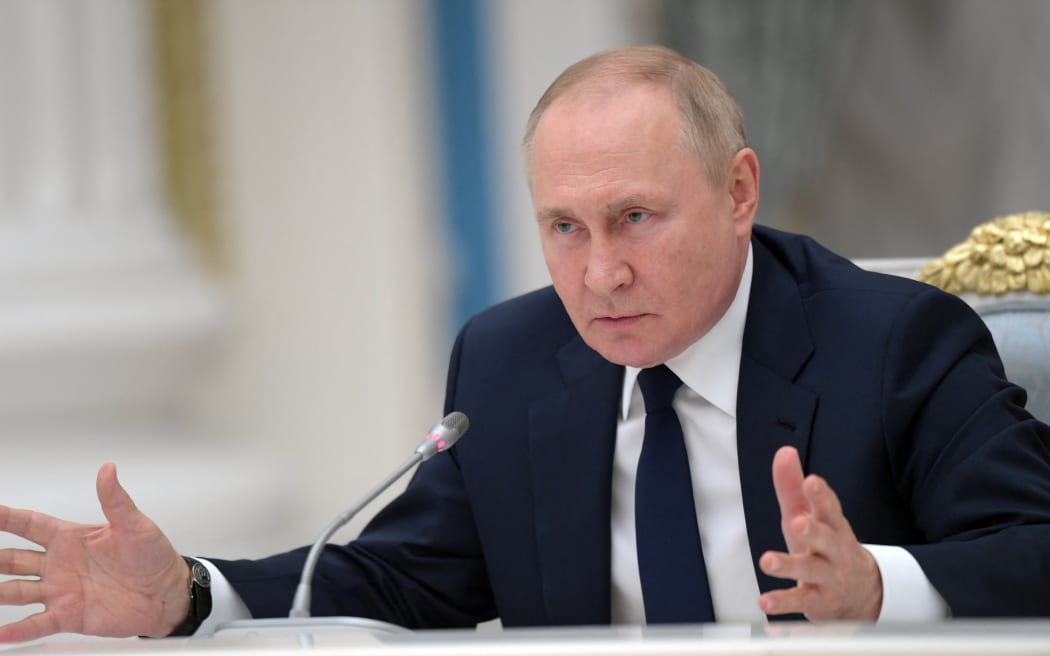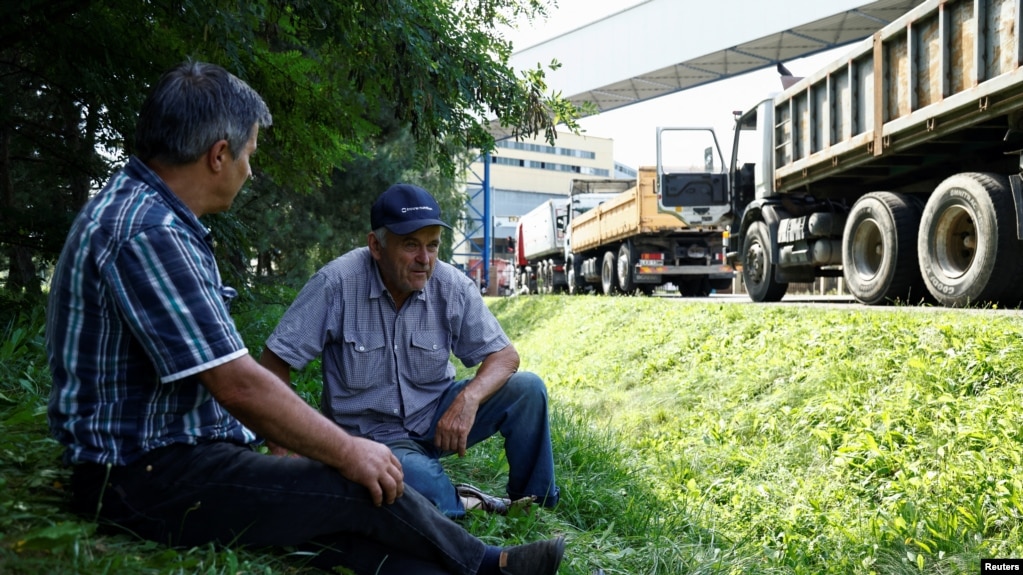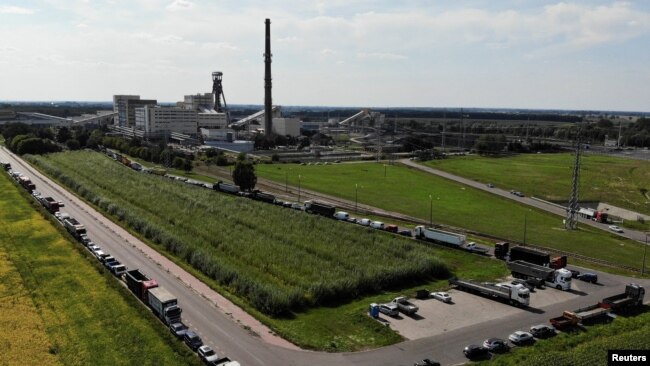According to a website run by Canadian photographer Yousuf Karsh, who had created the portrait in 1941, the portrait is "one of the most widely reproduced images in the history of photography.
India Today Web Desk New Delhi
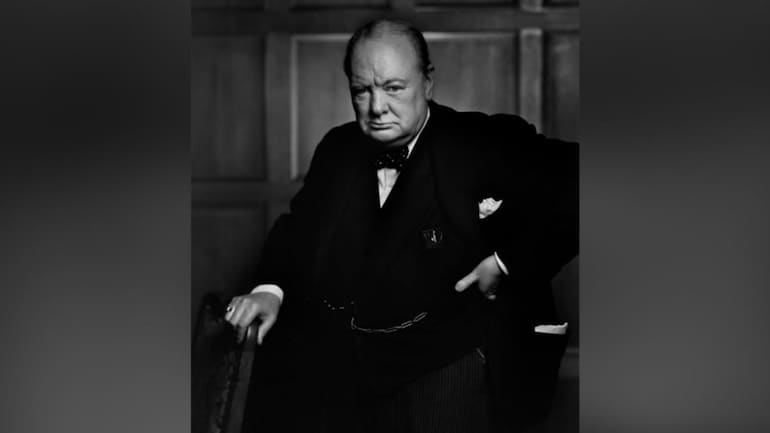
The photo of former British Prime Minister Winston Churchill's scowling face made its way to the Bank of England's five pound note in 2016. (Credit: Yousaf Karsh)
HIGHLIGHTS
Canadian photographer Yousuf Karsh had created the portrait in 1941
An investigation into the portrait's disappearance is underway
A famous portrait of British Prime Minister Winston Churchill, estimated to cost more than $100,000, was allegedly stolen from a hotel in Ottawa and replaced with a copy, skipping the attention of the staff for close to eight months.
The original hung in the Fairmont Chateau Laurier Hotel in Ottawa until a date officials believe likely ranging between December 25, 2021, and January 6, 2022, the hotel's general manager Geneviève Dumas told CTV, an affiliate of CNN.
According to a website run by Canadian photographer Yousuf Karsh, who had created the portrait in 1941, the portrait is "one of the most widely reproduced images in the history of photography." The photo made its way to the Bank of England's five pound note in 2016.
"We are deeply saddened by this brazen act," Dumas wrote in a Facebook post. "The hotel is incredibly proud to house this stunning Karsh collection, which was securely installed in 1998."
Last weekend, hotel employees noticed the photograph was hung improperly, and the frame didn't match others in the space. Hotel officials then used photos sent in by the public to establish when the original portrait and frame were removed.
The Chateau Laurier Hotel's marketing director said an investigation into the portrait's disappearance is underway.
Robert Wittman, a former art crime investigator with the FBI, told CTV that when a situation like this occurs, "it's not a shoplifting, it's not just a burglary; it's someone from the inside who had access, who knew what they were looking for, knew what the security measures were that were protecting the piece and were able to defeat those measures because they had inside information."
The black and white photograph captures Churchill's scowling moments after Karsh plucked a cigar from the prime minister's mouth to snap the shot.
Talking about the photograph, Karsh wrote, "By the time I got back to my camera, he looked so belligerent he could have devoured me. It was at that instant that I took the photograph. I knew... that it was an important picture, but I could hardly have dreamed that it would become one of the most widely reproduced images in the history of photography."
The photographer lived and ran his studio from the hotel for two decades, according to his estate, and when he moved away, Karsh left the hotel a collection of his photographs -- including the one of Churchill.
The Fairmont Château Laurier has urged anyone with information on the stolen photograph to immediately contact local authorities.

